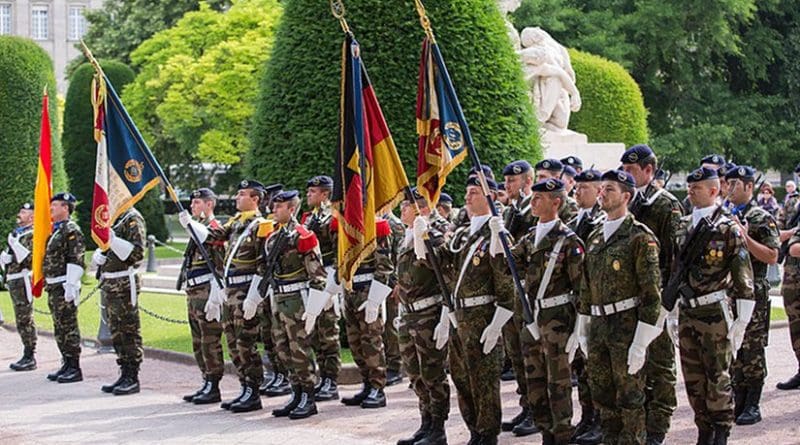EU Stepping Up Efforts To Improve Military Mobility
As part of the drive to better protect citizens and improve the Union’s security environment, the European Commission and the High Representative are proposing a number of actions to improving military mobility within the European Union.
The Joint Communication adopted Friday outlines steps to be taken to address the obstacles which are hampering the movement of military equipment and personnel across the EU with the aim of facilitating and expediting their mobility to react in a fast and effective way to internal and external crises. In doing so, the European Commission and the High Representative are delivering on the commitment to use all the tools at their disposal to build a Union that protects.
“European citizens understand that only together, as a Union, can we tackle the security challenges of our times. Cooperation inside the European Union and with our partners has become a must. There is a growing demand for our Member States to coordinate and work together on defence. So while we are moving forward with the Permanent Structured Cooperation to make our defence more effective, we have also decided to further strengthen military mobility among EU Member States and in cooperation with NATO,” said High Representative/Vice-President Federica Mogherini upon adoption of the Communication.
Commissioner for Transport Violeta Bulc said, “The European Union has a modern transport network that serves the needs of Europeans. These needs can also be of a military nature. The swift movement of military personnel and equipment is hindered by physical, legal and regulatory barriers. This creates inefficiencies in public spending, delays, disruptions, and above all a greater vulnerability. It is high time we maximize civil and military synergies also through our transport network in an efficient and sustainable manner.”
Due to the specific status of armed forces and equipment, military mobility is legally bound by a range of national decisions and EU rules, but there is room for a more coordinated and harmonized approach which would maximize the EU-added value and build on civilian/military synergies.
With the Joint Communication, the European Commission and the High Representative are setting out how they will work to facilitate and to help expedite military mobility, ranging from routine needs to strategic pre-deployment of military forces and resources – all this will be done in full respect of the sovereignty of Member States, in synergy with civilian activities and without disrupting civilian use of infrastructure or unnecessary inconveniences. Any action will be coordinated not just between the EU and the Member States, but also with other relevant stakeholders, especially NATO.
Key lines of action for stepping up military mobility within the EU are:
- To develop a shared understanding of the needs and requirements, which will need to be further examined and agreed upon by the Member States.
- To develop a common understanding on the infrastructure to be used and its impact on the infrastructural standards.
- To address relevant regulatory and procedural issues (customs, dangerous goods, other legal barriers, national procedures).
As regards infrastructure policy, the Joint Communication proposes to build on the existing Trans-European Transport Network (TEN-T). It identifies a number of points on which synergies could be envisaged. This includes the possible dual use of the network for civilian and military purposes, cooperation with defence stakeholders as regards the TEN-T policy database (TENtec) and a reflection on the use of the Connecting Europe Facility – the funding instrument implementing the TEN-T – in the defence field.

